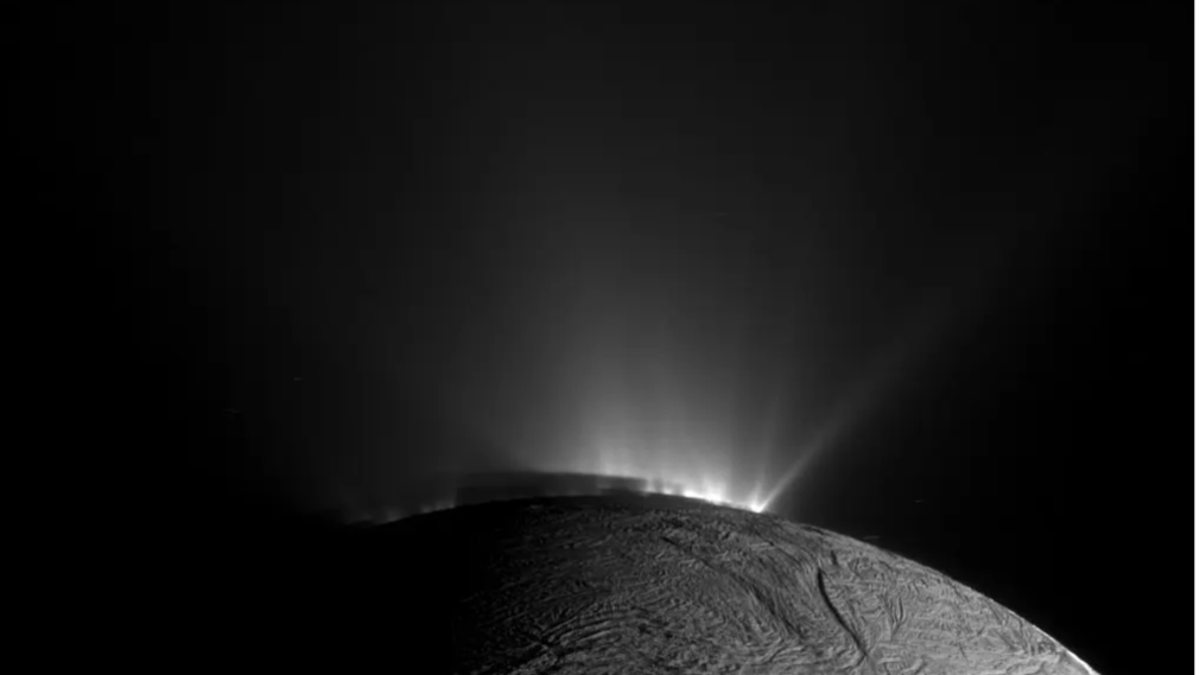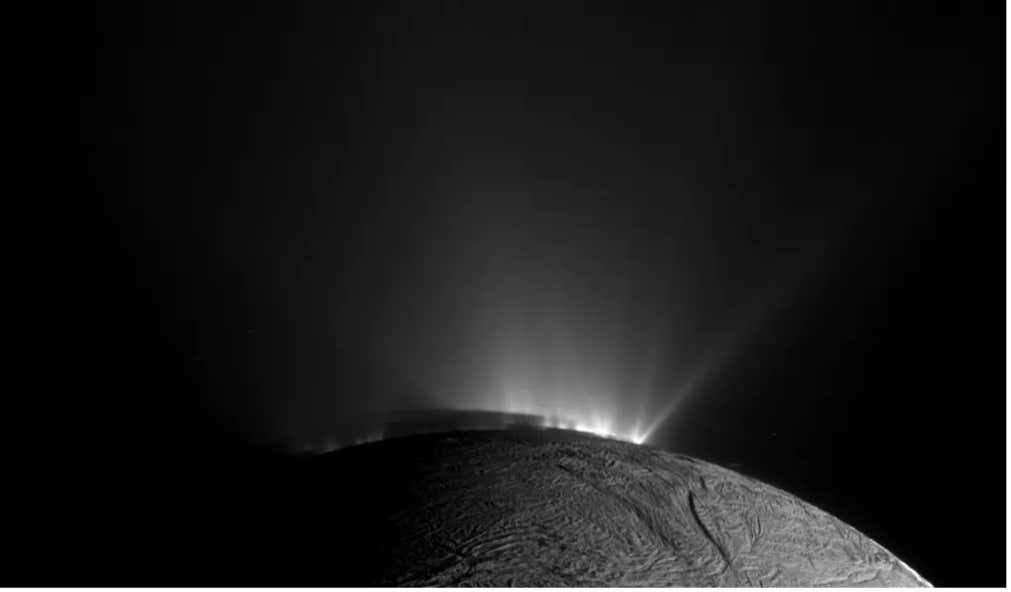
There are many secret spacecraft in the sky this month. Last week, China launched its experimental robotic space plane, Shenlong, for the third time, and next week SpaceX plans to launch the US Air Force’s little-discussed X-37B. And of course there is Santa’s sleigh, which has a unique and inexplicable reindeer propulsion system. Here’s what we know about these mysterious spacecraft.
X-37B
The size of a small bus, the US military’s X-37B was used to launch mysterious payloads into space and conduct long-duration experiments (its last flight took more than two years) since its debut in 2010. The government has been tight-lipped about what exactly the Boeing-built spacecraft is doing, but said in a press release that the shuttle’s upcoming flight, scheduled for launch on December 28, will be used to “test new orbital regimes ” and for “experimentation with future space domain awareness technologies.” It will also run a NASA experiment to test how seeds are affected by radiation in space.
Previous experiments have tested collecting sunlight and beaming it to Earth as microwaves, testing an electromagnetically steered satellite, and researching how different materials react in space. In the past, X-37B has operated in a low-Earth orbit, but in its upcoming flight it will operate higher than before, although its exact altitude has not been disclosed.
Shenlong
China’s reusable space plane, named Shenlong (meaning divine dragon), was launched for the third time on December 14. Its first suborbital flight is said to have taken place in 2011 and its first orbital flight is believed to be in 2020. Like X-37B, Shenlong can undertake long missions—its second flight lasted 276 days in orbit.
The rocket appears to be used for orbital and payload testing, similar to the X-37B. From what was reported, the spacecraft was used to test reusable technologies, carry scientific experiments and “provide technical support for the peaceful use of space,” according to Xinhua news. In its current flight it released six unidentified objects.
Santa’s sleigh
Arguably the world’s first renewable energy-powered shuttle, Santa’s sleigh could be a promising green propulsion method — if someone can figure out how to reproduce it. It also remains to be seen whether reindeer operate on an airless trajectory, as there are no confirmed orbital or suborbital flights to date.
🌕🌖🌗
IMAGE INTERRUPTION
Scientists announced this week that the plumes of gas escaping from Enceladus, a moon of Saturn, contain molecules that hold an important key to creating life. With an underground ocean, this moon has become one of the most promising places to look for alien life.

📡 📡 📡
SPACE SPACE
Project Kuiper successfully tested intersatellite communication with lasers. This puts it one step closer to catching up with Starlink.
SpaceX has been cleared to conduct tests between Starlink and cellphone. The company has partnered with T-Mobile to offer texting through Starlink starting next year.
Rocket Lab had a successful launch last week Electron rocket. This is the first launch since a failed attempt in September.
That of NASA Voyager 1the farthest spacecraft from earth, struggling. The 46-year-old investigation is experiencing communication problems due to a computer error.
Blue Origin is back in space. It was successfully launched for the first time in over a year.
This week’s Space Business newsletter is written by science writer and photographer Mara Johnson-Grohand edited by Heather Landy.
Last week: The Moon Anthropocene
This was issue 208 of our newsletter. Hope your week is out of this world! Send Santa sightings, secret spacecraft tips and informed opinions praat@qz.com.





